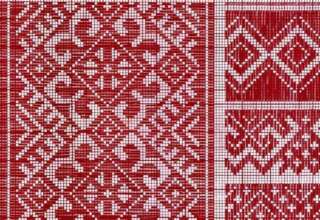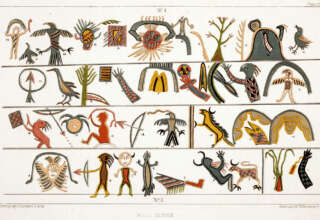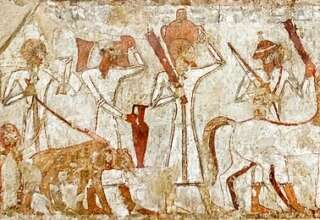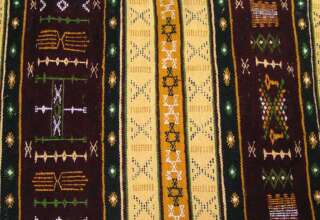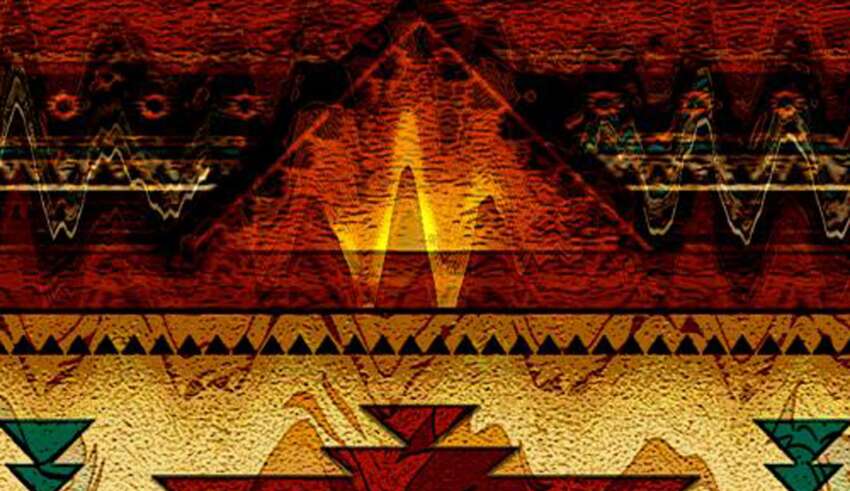
Also, during this period, under the Indian Reorganization Act (IRA) of 1934, the federal government was encouraging tribes to revive their governments according to constitutional models shaped after that of the United States. Because of the outrage and discontent about the herd issues, the Navajo voters did not trust the language of the proposed initial constitution outlined in the legislation. This contributed to their rejection of the first version of a proposed tribal constitution. They continued a government based on traditional models, with headmen chosen by clan groups.
The Title II Amendment of 1989 established the Navajo Nation government as a three-part system (changes to the judicial branch had already begun in 1958). Two branches are independent of the council (where all government decision making was centralized before the change). The president and vice-president are elected every four years. Prior to Long Walk of the Navajo, judicial powers were exercised by peace chiefs (Hózhǫ́ǫ́jí Naatʼááh) in a mediation-style process. By the time of the judicial reorganization of 1958, the council had determined that, due to problems with delayed decisions and partisan politics, appointment was a better method of selecting judges.
In 1927, agents of the U.S. federal government initiated a new form of local government entities called Chapters, modeled after jurisdictional governments in the US such as counties or townships. Each chapter elected officers and followed parliamentary procedures. By 1933, more than 100 chapters operated across the Navajo Nation. The chapters served as liaisons between the Navajo and the federal governments, respectively. They also acted as voting precincts for the election of tribal council delegates. They served as forums for local tribal leaders, but the chapters had no authority within the structure of the Navajo Nation government. The Navajo Nation also operates executive offices in Washington, DC to facilitate government-to-government relations and for lobbying services and congressional relations.
Education
Historically, the Navajo Nation resisted compulsory western education, including boarding schools, as imposed by the government in the aftermath of the Long Walk. Navajo families and society have provided traditional and home education with considerable scope and depth since before the US annexation. Continued education, and retention of Navajo students in school are significant priorities. Major problems faced by the Nations relates to helping students improve their grades and to prevent a very high drop-out rate among high school students. The Nation runs community Head Start programs, the only ones in the field of education fully operated by the Navajo Nation government. Post-secondary education and vocational training are available on and off the territory.

